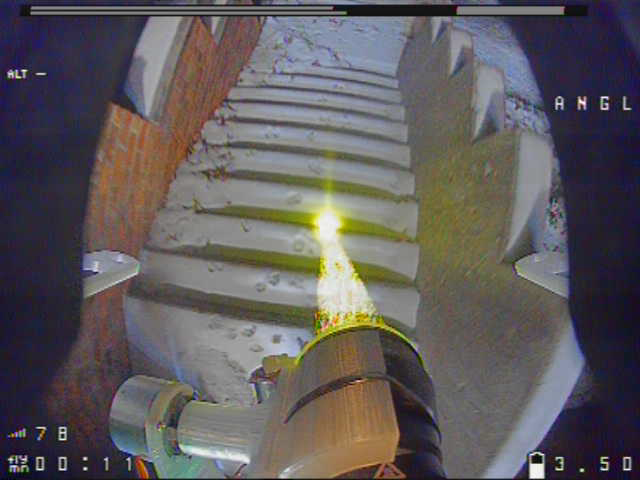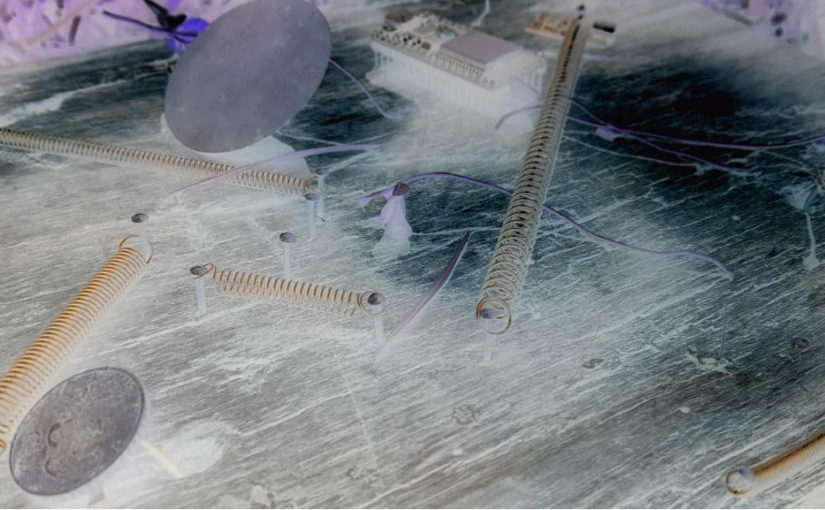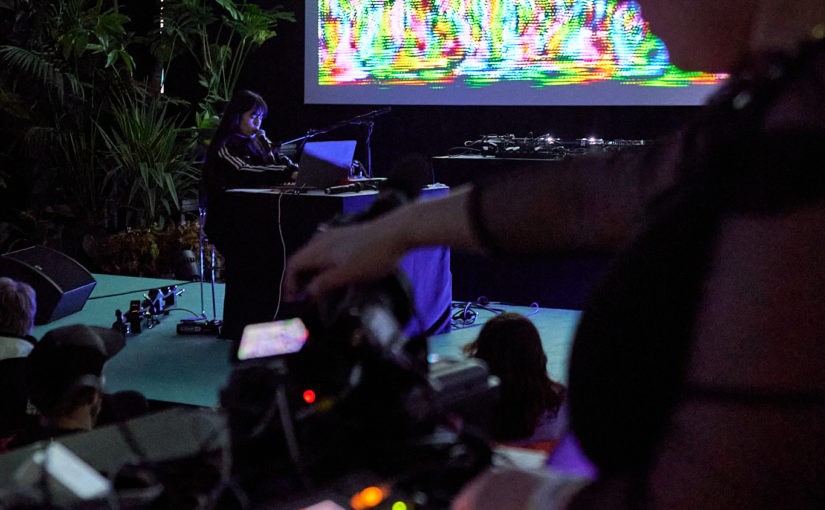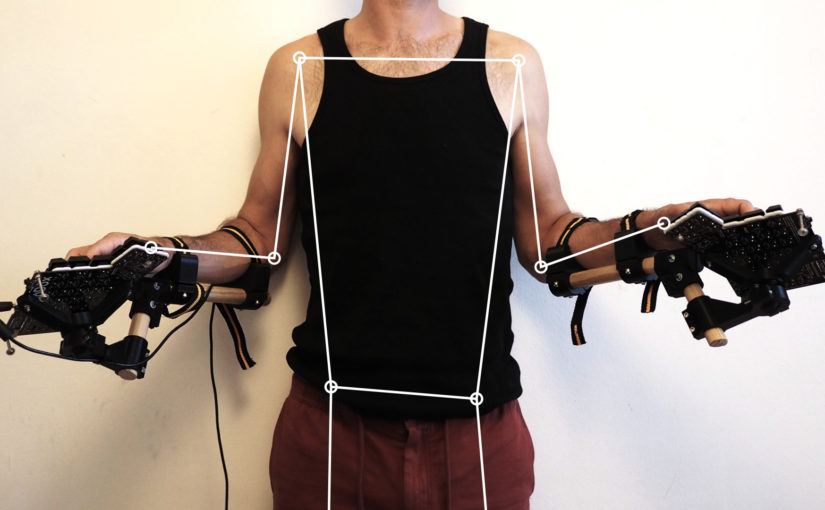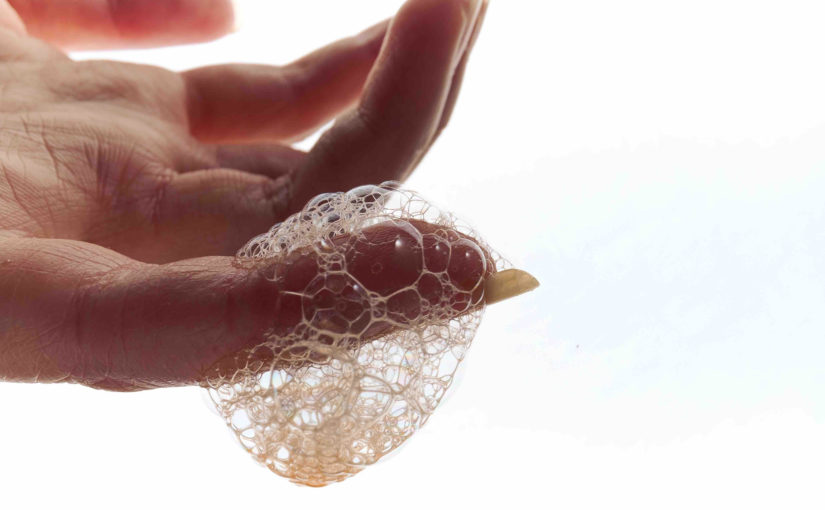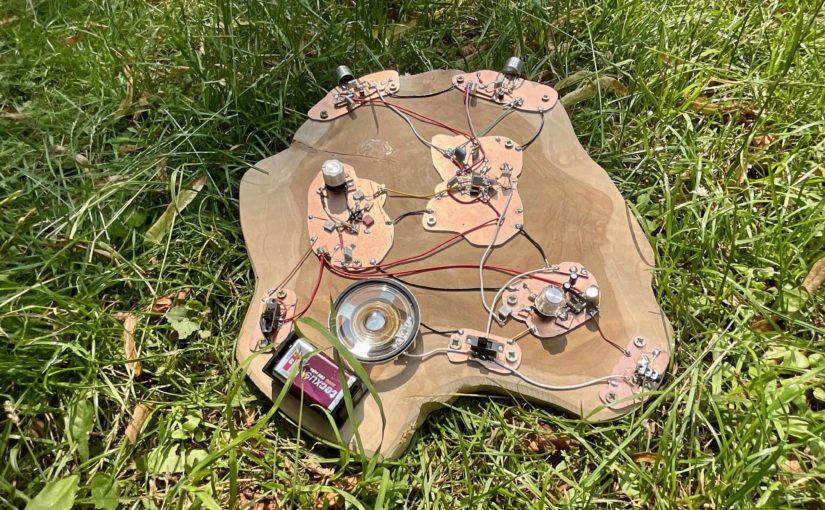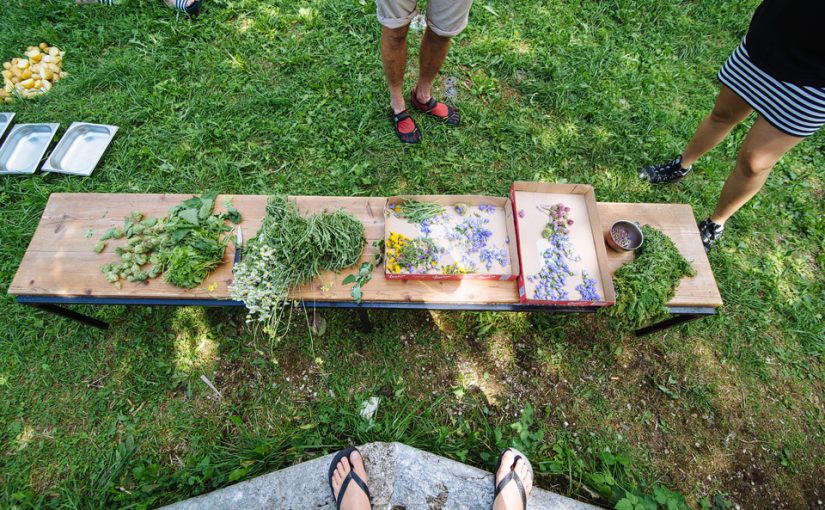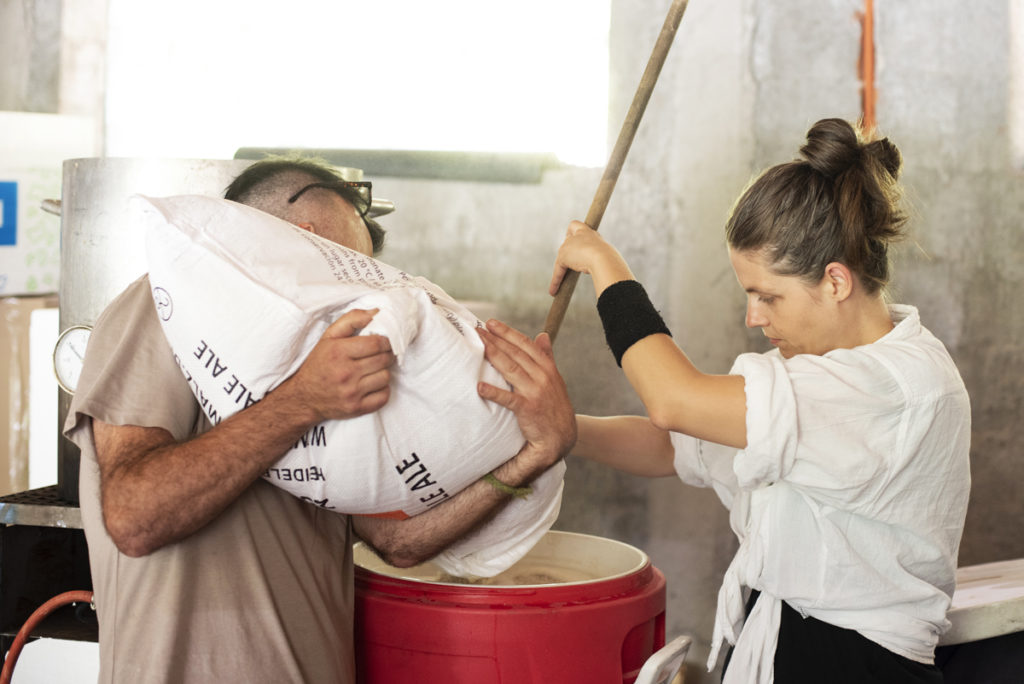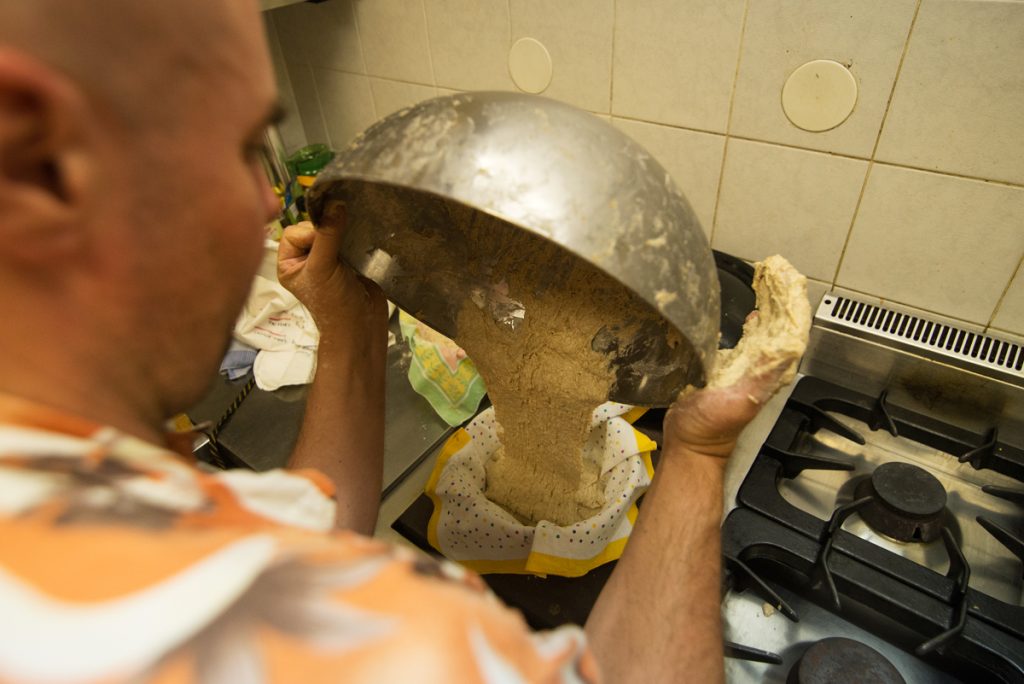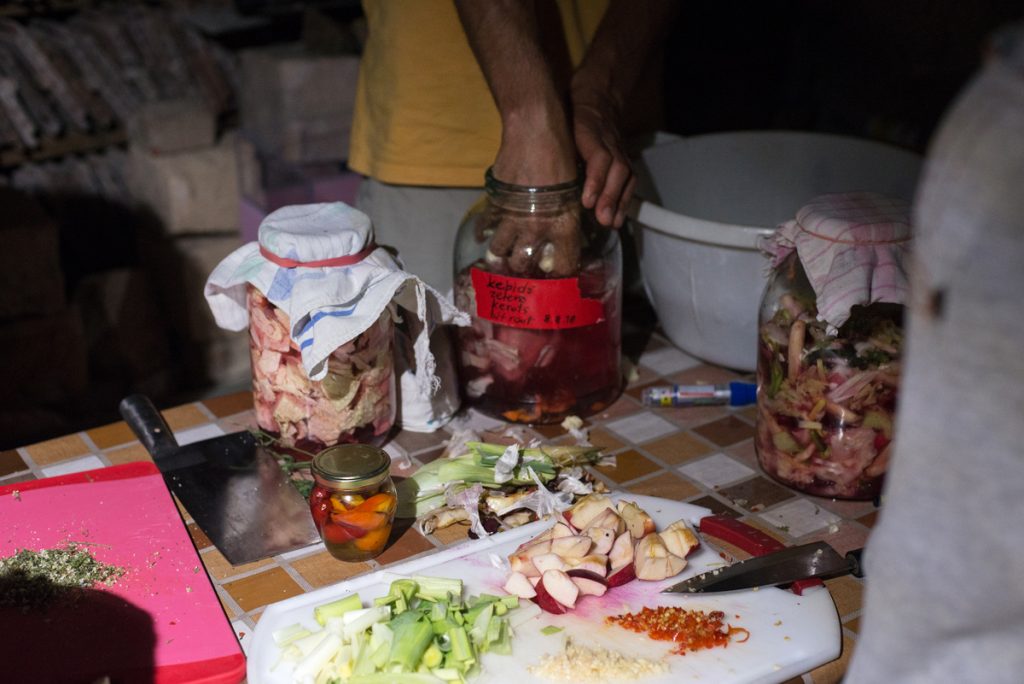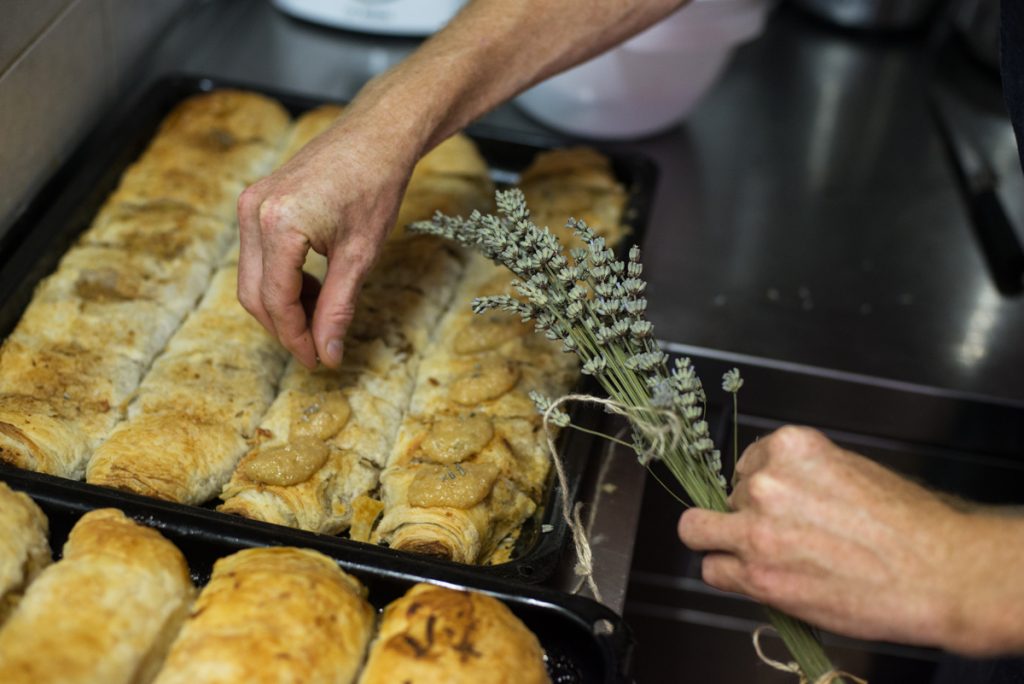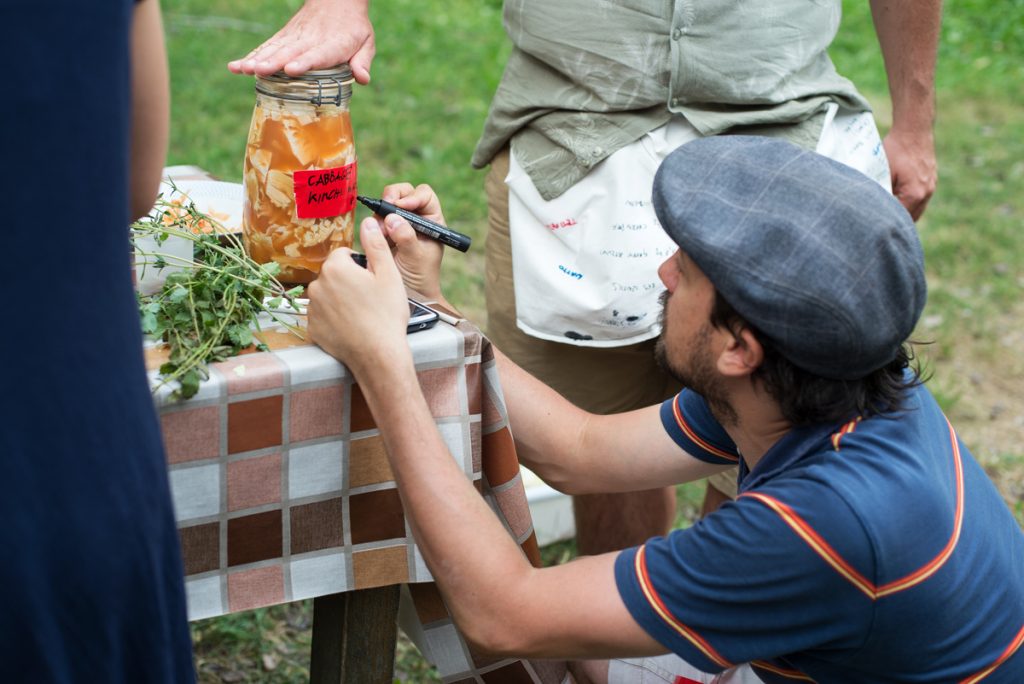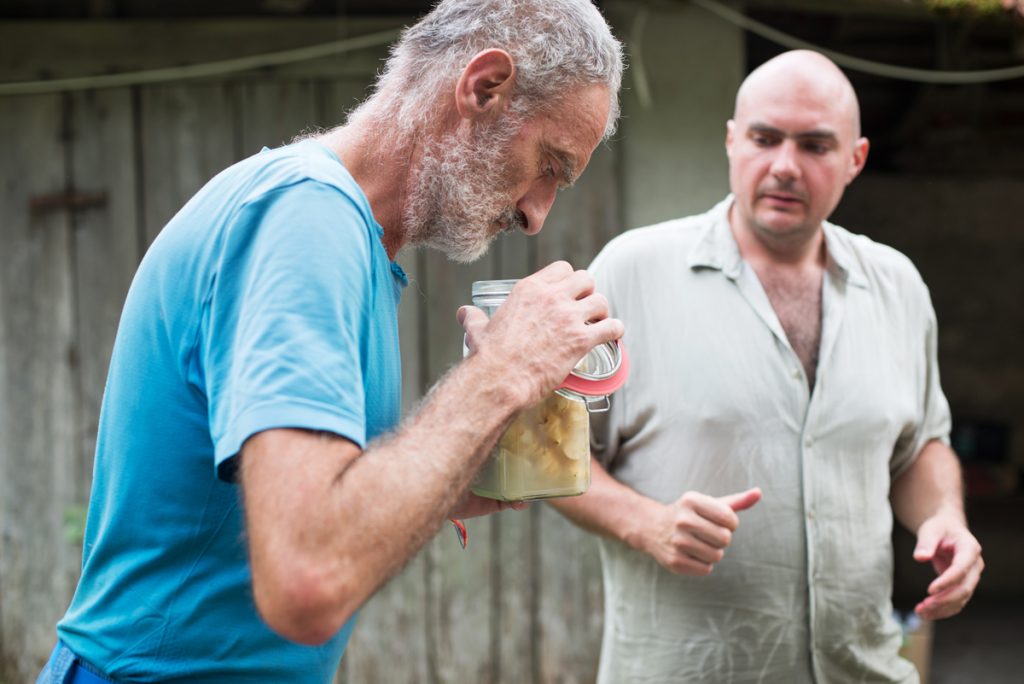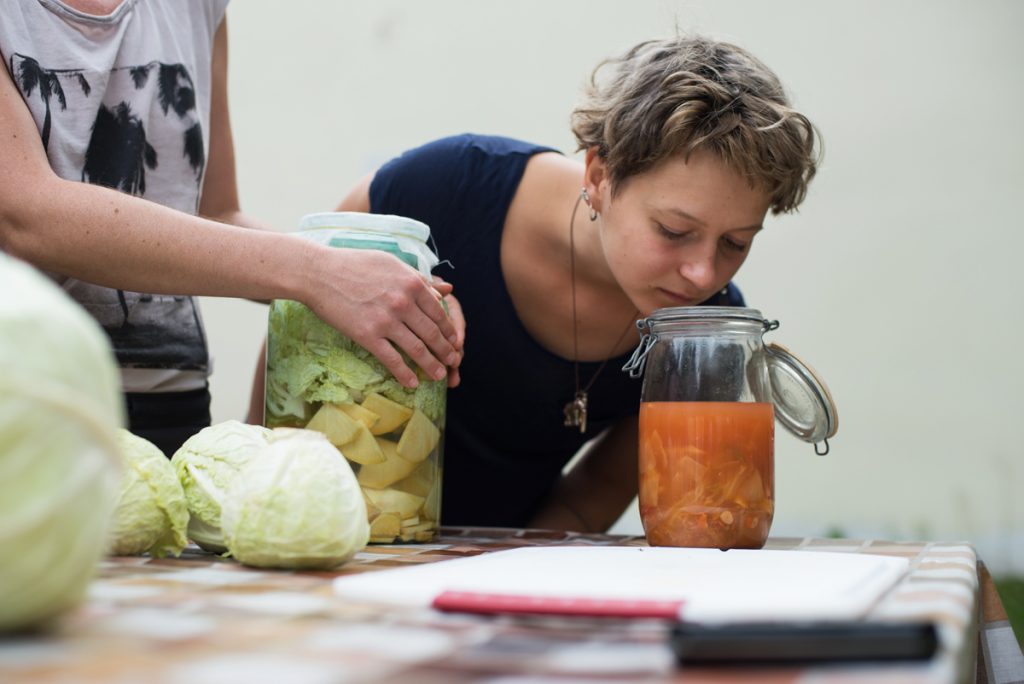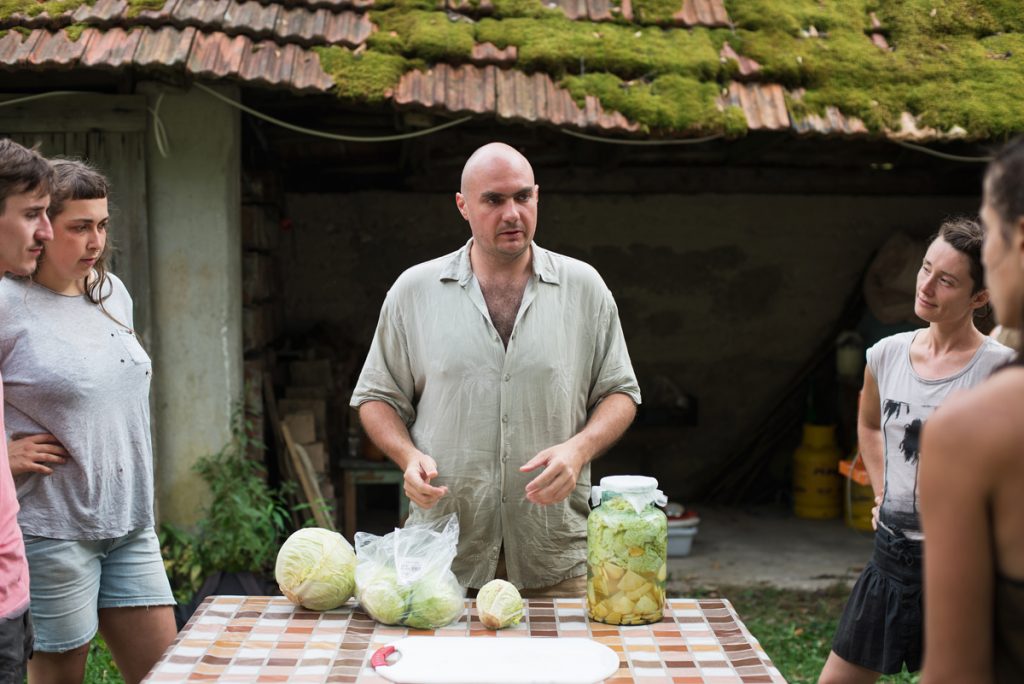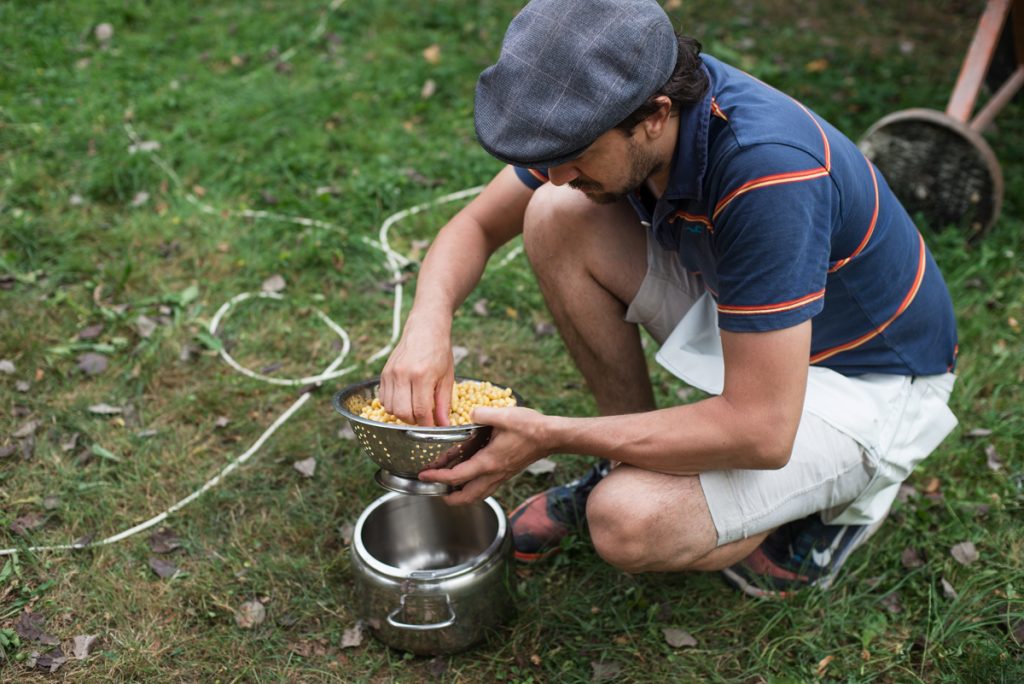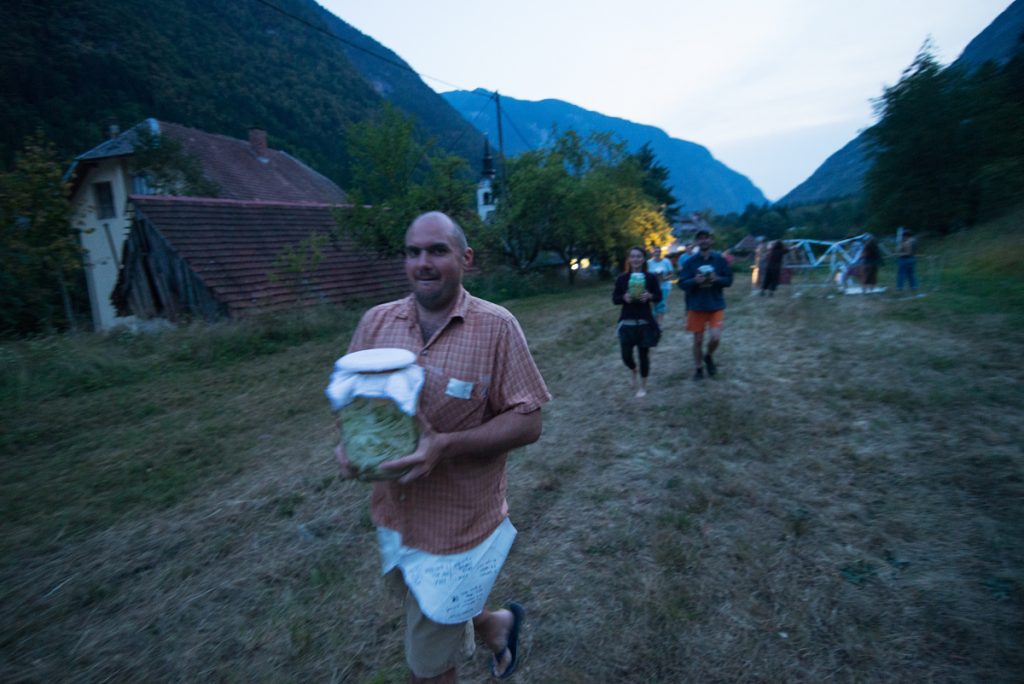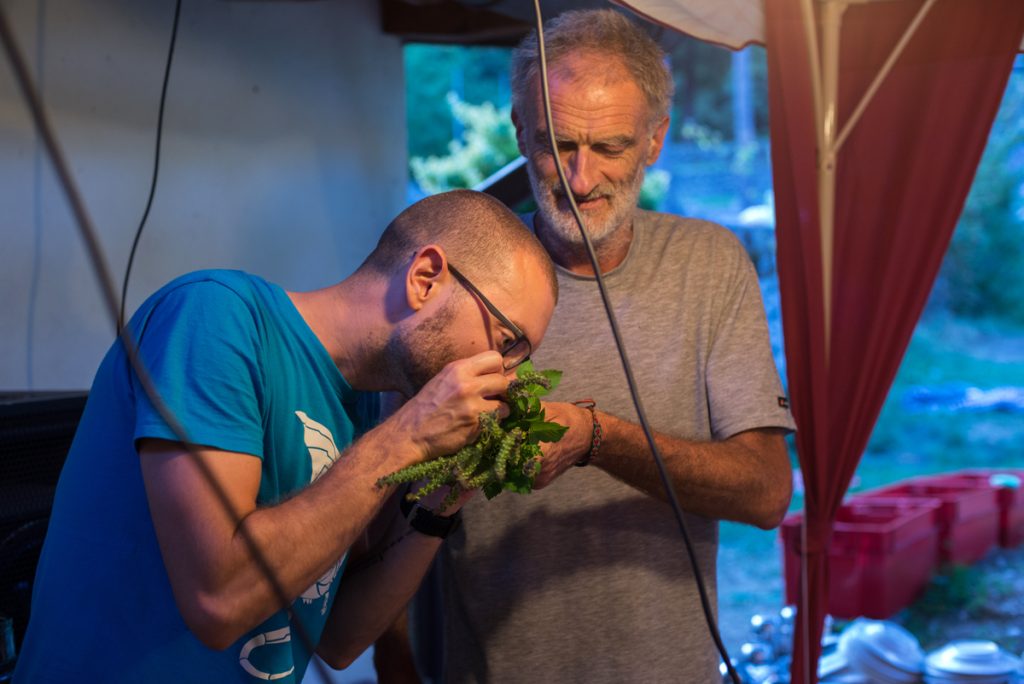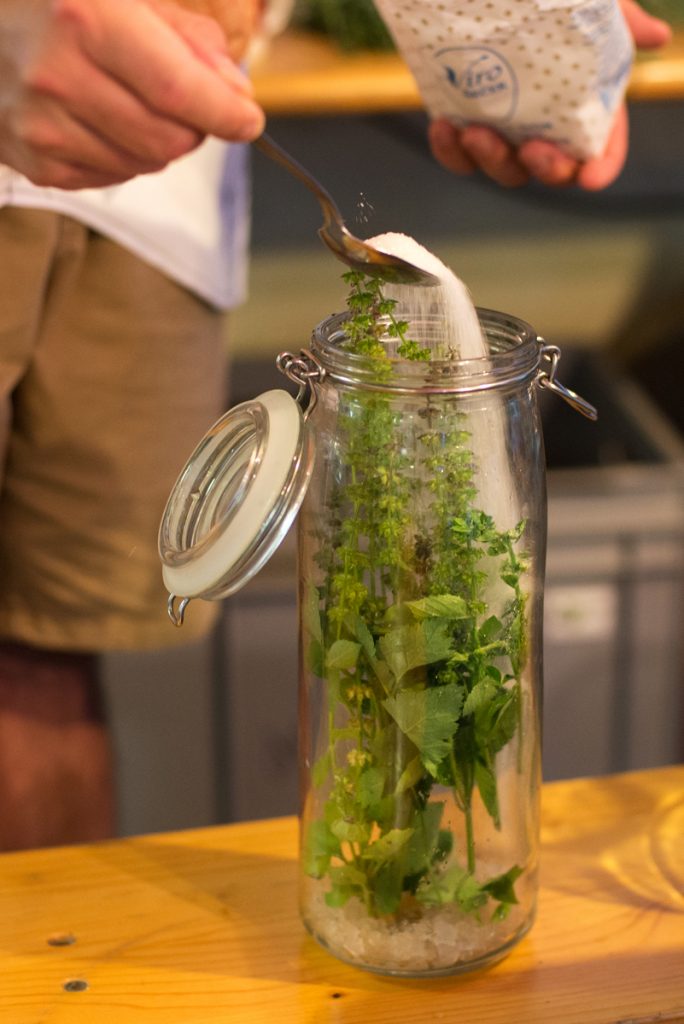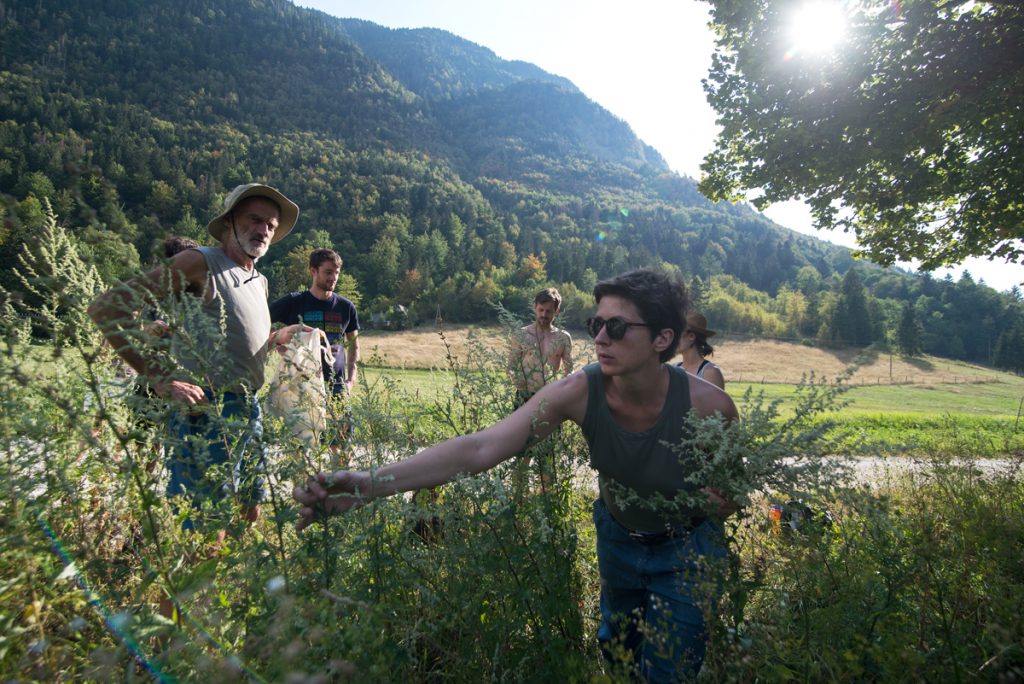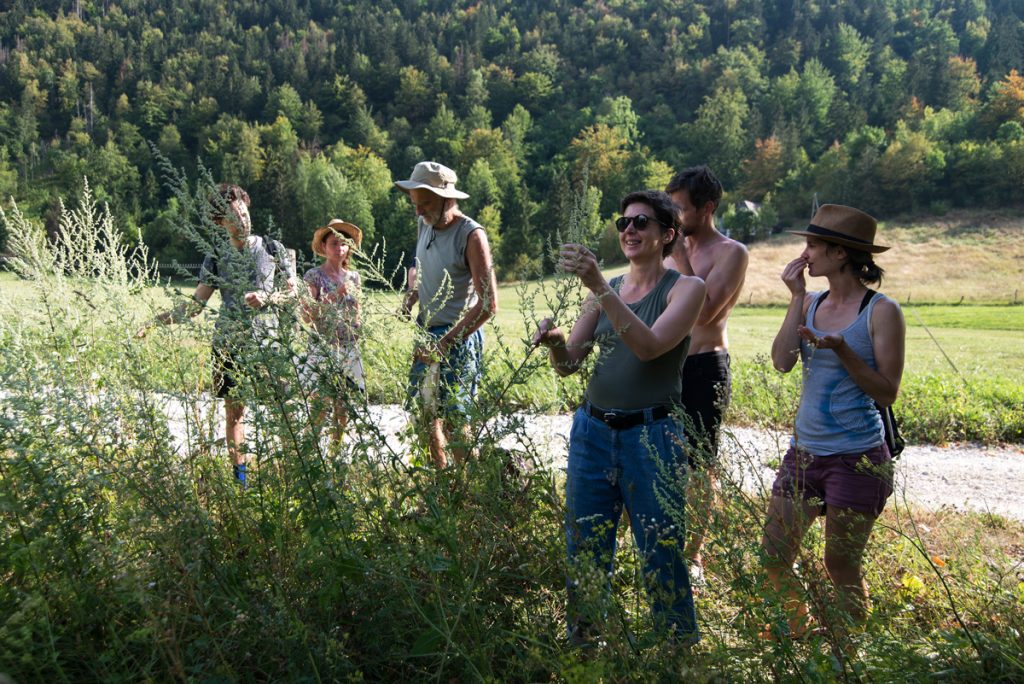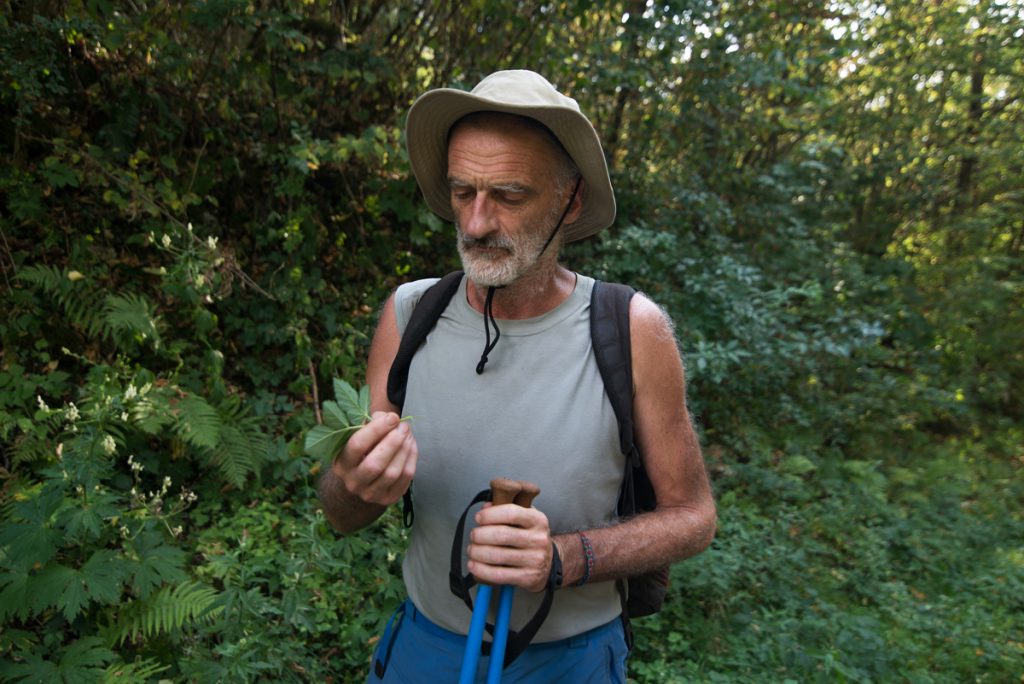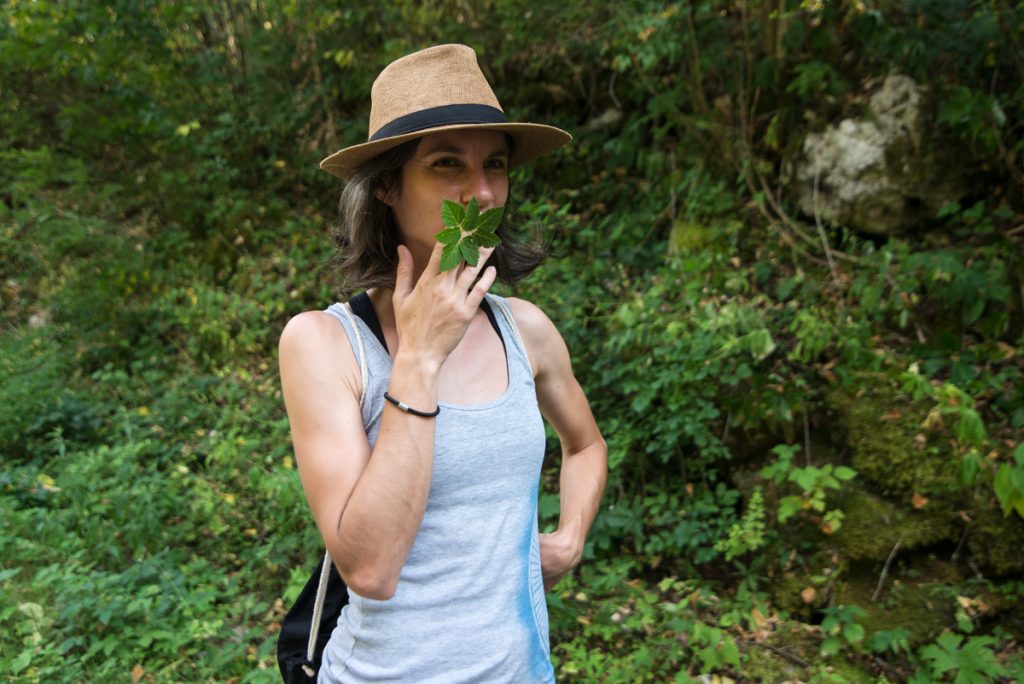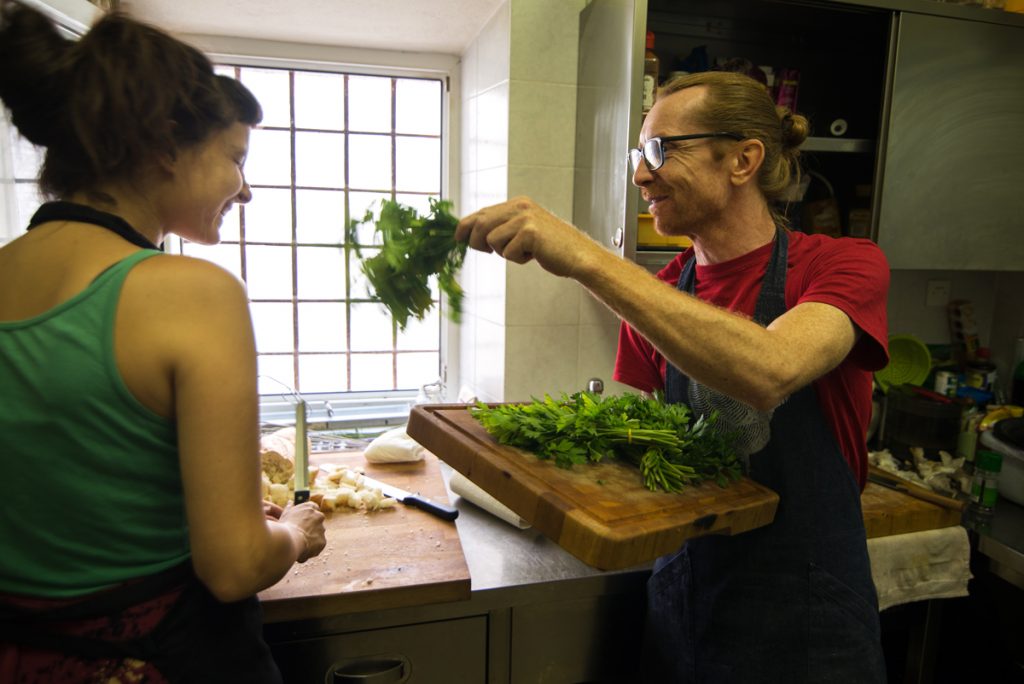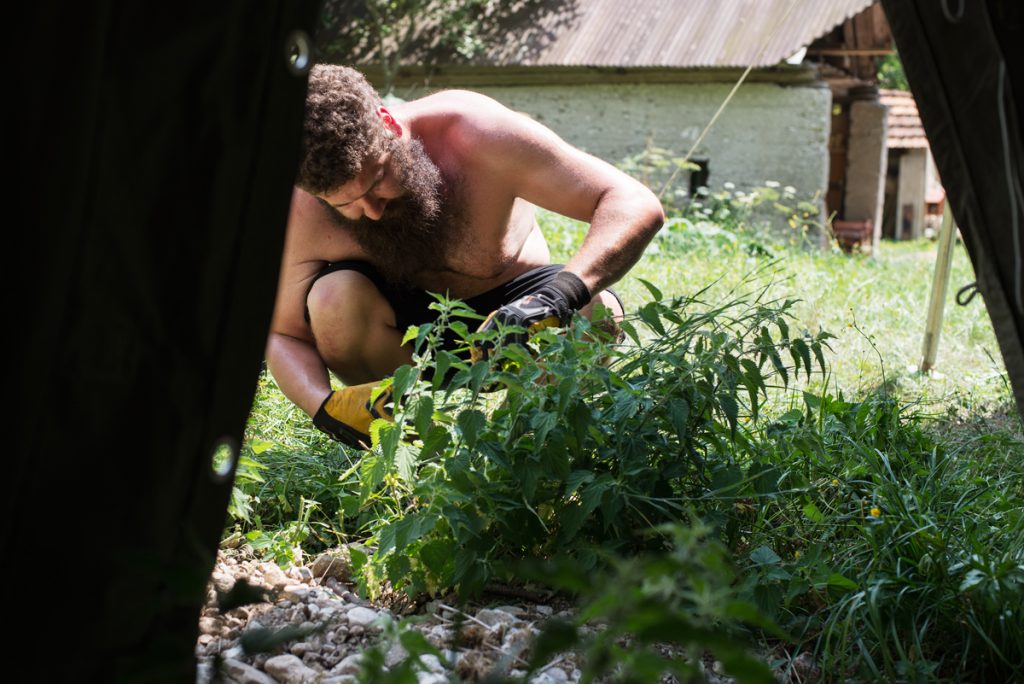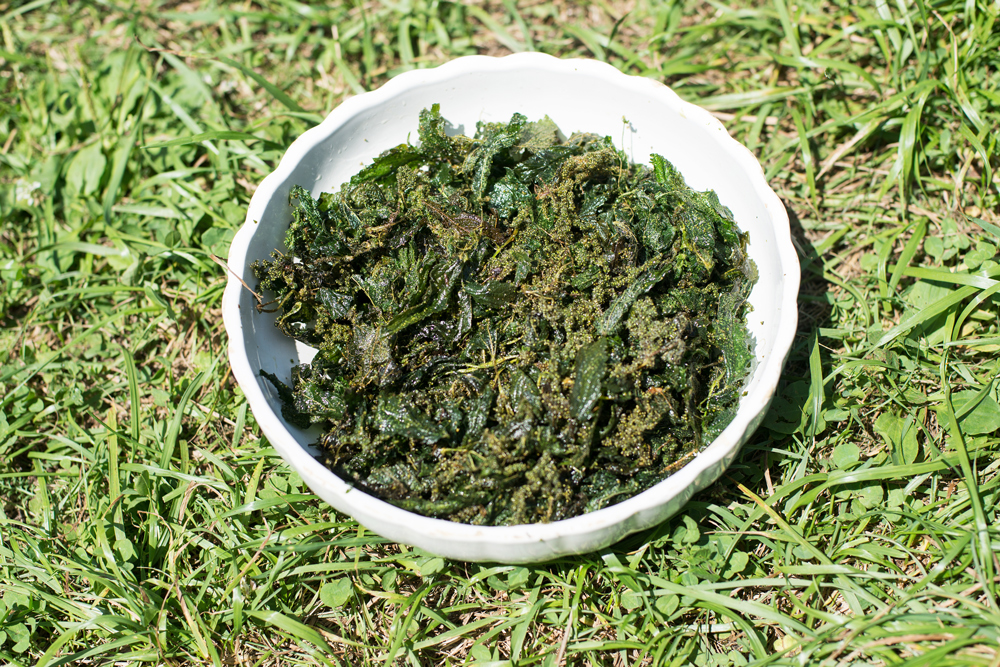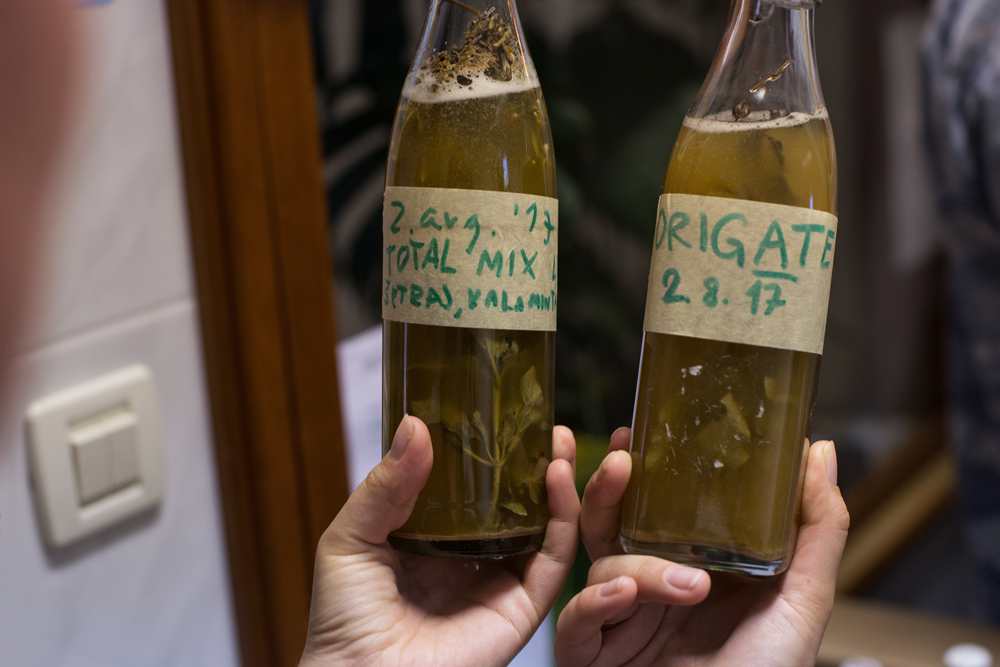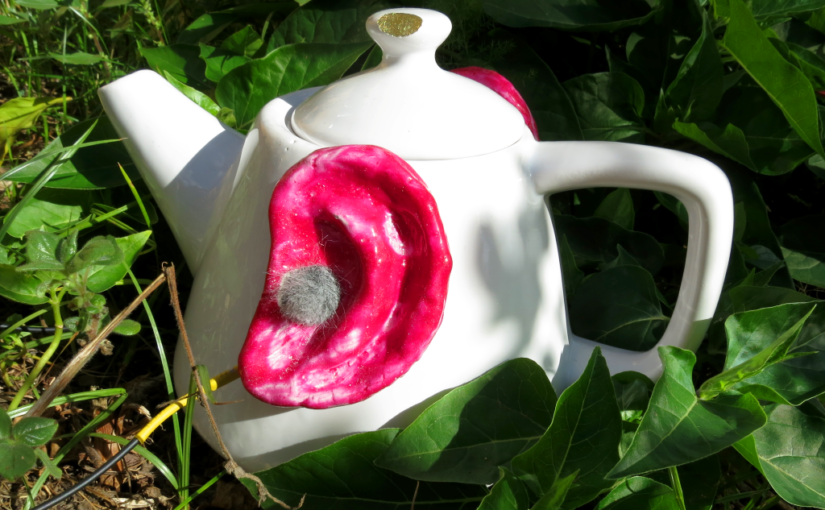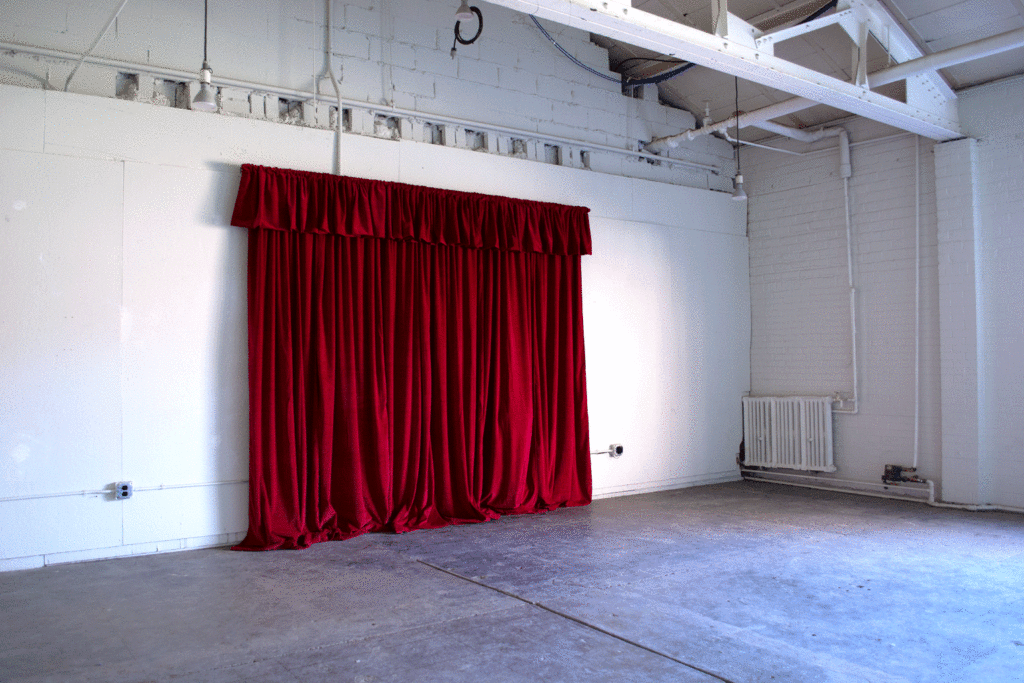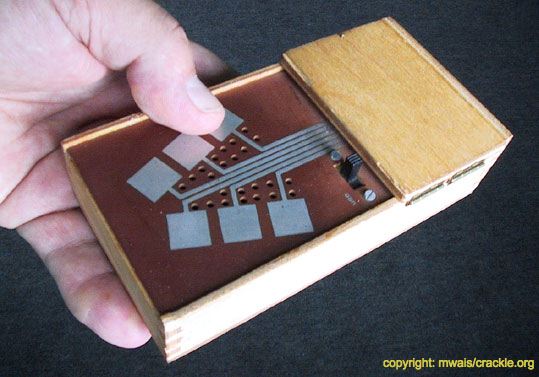This year’s PIFresident is Michael Candy, an Australian artist who works with physical technologies and robotics. His installations and experiments often manifest as interactive sculptures, videos, or interventions. During his PIFresidency at PIFcamp Michael hopes to continue his ‘anomaly’ experiment series in which robotics and light are used to create unlikely spectacles.
He started this series of work in December last year when a prototype drone was built to stabilize a laser excited phosphor beam of light as it ascended, resulting in a slowly extending beam of light. Another experiment was a floating robot underneath the surface of a frozen lake, shining light back through as it maneuvered around until the batteries froze over. He has no idea what anomalies might manifest during PIFcamp, as they are mostly designed around their environment; but he surely will bring a lot of parts to play around with!
Additionally, Michael will be working on his project with other PIFcampers, who are eager to work with electromechanical tech, and possibly continue this collaboration further into the residency in Ljubljana. He will share his extensive experience with designing robots and animatronics for cinematic applications with anyone wanting to build physical robotics, or needing help with a mechanism design. Sounds like something you are into? Just hit him up!
PIFresidency is a cooproduction between Projekt Atol Institute, Lightning Guerrilla/Forum Ljubljana and Kersnikova Institute. With financial support from Ministry of Culture of the Republic of Slovenia, Municipality of Ljubljana, Department for Culture and SYSTEMICS LAB/UCSB. PIFresidencies are part of the Rewilding Cultures project and co-funded by the European Union.
